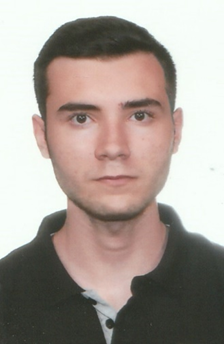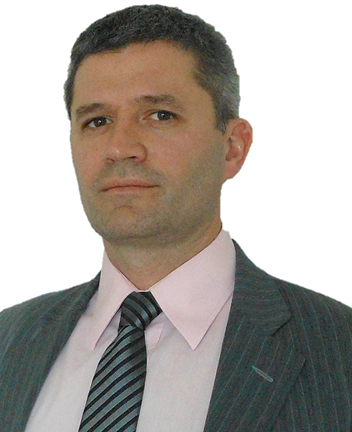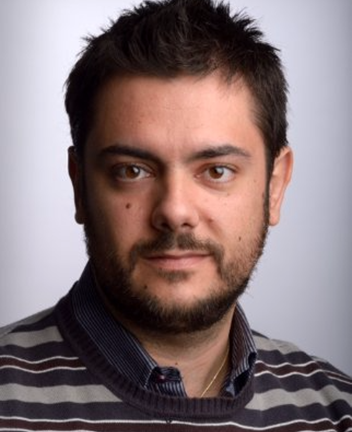A wildfire is an unplanned and uncontrolled vegetation fire which can have devastating health, social, economic and environmental impacts. Fire seasons are growing in length and severity around the world. The deadliest wildfires in Portugal’s history erupted in 2017, killing 66 and injuring 204 people. In 2018,California saw the largest wildfires on record; British Columbia saw the largest total burn-area during wildfire season on record; Sydney’s bushfire season started two months early, in winter; more than 80 people were killed in Athens; forest fires wreaked havoc in the Algarve region; whilst a record-breaking series of wildfires burnt across the UK. In February 2019, New Zealand saw the worst wildfires in over 50 years. The Forestry Commission predicts that destructive wildfires will increase in frequency and severity due to increased land-use pressure and climate change. Therefore, the development of more effective and safer means to fight wildfires is of utmost importance.
During the first few minutes of the start of a wildfire, there is a containment window before it goes out of control. A swarm of self-organising Unmanned Aerial Vehicles (UAVs) may be quickly deployed in any terrain to suppress the fire autonomously before the window closes –or at least minimise the damage– without risking human lives. A key challenge for this technology to become practical is the design of efficient and environmentally friendly materials that can be carried by UAVs. Class-A foams are used for cooling the fire while also coating the fuel to prevent its contact with oxygen and stop combustion. The foam concentrate reduces the amount of water required for suppression. Since it is generally harmful to most organisms, there are environmental concerns. Nonetheless, acute toxicity is short-lived, and ecosystems tend to recover rapidly.
The aim of this project is to design an efficient fire suppressant to be carried by autonomous firefighting UAVs. Thus, nanoparticles will be incorporated into Class-A foams to further enhance both their cooling and coating actions whilst potentially also having a catalytic effect. Nanoparticles will be synthesised, characterised and incorporated to the foam. The enhanced suppressant will then be tested, modelled and coupled with the model of self-organising swarms of UAVs for initial simulation-based tests. Finally, field tests will be carried out as a combined effort between the “Autonomous Vehicles & Artificial Intelligence Laboratory” (AVAILab) at Coventry University, the “Haze Laboratory” (HazeLab) at Imperial College, and the “Pau Costa Foundation” in Spain.
A major drawback of using nanomaterials for firefighting is the current lack of knowledge on the health risks and environmental impact that nanotechnology may pose, and therefore more research is needed to address this. In this regard, one important aspect of this project is that the enhanced foam is to be loaded into autonomous self-organising UAVs, thus safeguarding human firefighters from recurrent exposure to potential short-term acute toxicity. All things considered, nanotechnology is predicted to play an important role in the future of fire safety by helping control the spread of wildfires.

Ioannis Papagiannis is a PhD student in the Research Institute for Future Transport and Cities at Coventry University. His doctoral research is concerned with the efficiency enhancement of class-A foams by means of metal oxide nanoparticles to equip self-organising swarms of autonomous UAVs to fight wildfires. He is also a member of the Autonomous Vehicles & Artificial Intelligence Laboratory (AVAILab) founded and led by Dr Mauro S. Innocente.
He received his Materials Science degree from the University of Patras, Greece, in 2019. He has also been an active researcher in the Applied Photophysics-Photochemistry laboratory led by Prof Lianos Panagiotis within the department of Chemical Engineering in 2018-2019.
He published six peer-reviewed journal articles and presented a poster at the XXXIV Panhellenic Conference on Solid State Physics and Materials Science that took place at the University of Patras in 2019.

Dr Mauro S. Innocente is a Senior Lecturer in Aerospace Engineering at Coventry University. He is the founder and leader of the Autonomous Vehicles & Artificial Intelligence Laboratory (AVAILab), a member of the Institute for Future Transport and Cities, and a member of the Mathematical Optimization Society. His research is concerned with algorithm developments in Particle Swarm Optimisation, and with the development of soft and natural computing, mathematical modelling, control, and optimisation tools within a comprehensive spectrum of applications such as fire-propagation modelling, thermal modelling, optimal design of power converters, structural analysis and design, swarm robotics applied to fire-fighting, and autonomous AI-enabled UAVs for predictive maintenance. He peer-reviews articles for a number of scientific journals, including Swarm and Evolutionary Computation, Applied Mathematical Modelling, and the IEEE Transactions on Power Electronics. As Co-I, he was awarded a £55k Early-Career Researchers Grant funded by the EPSRC Centre for Power Electronics for a project entitled “Optimisable system-level thermal models for power electronic converters”, in collaboration with Dr D.J. Rogers (PI) at the University of Oxford.

Dr Evangelos Gkanas is a Lecturer at Coventry University and Founder of the Hydrogen for Mobility Research Lab. His background is on Material Science and the synthesis and characterisation of novel materials. He has published 15 articles at peer-reviewed journals in the field of hydrogen storage, magnetic nanoparticles, heat management and catalysis, and 2 book chapters. He is a member of the Int. Association for Hydrogen Energy. He is editor in 2 and reviewer in 4 scientific journals. His research interests span energy storage, smart materials, nanomaterials, heat & mass transfer, and energy harvesting.